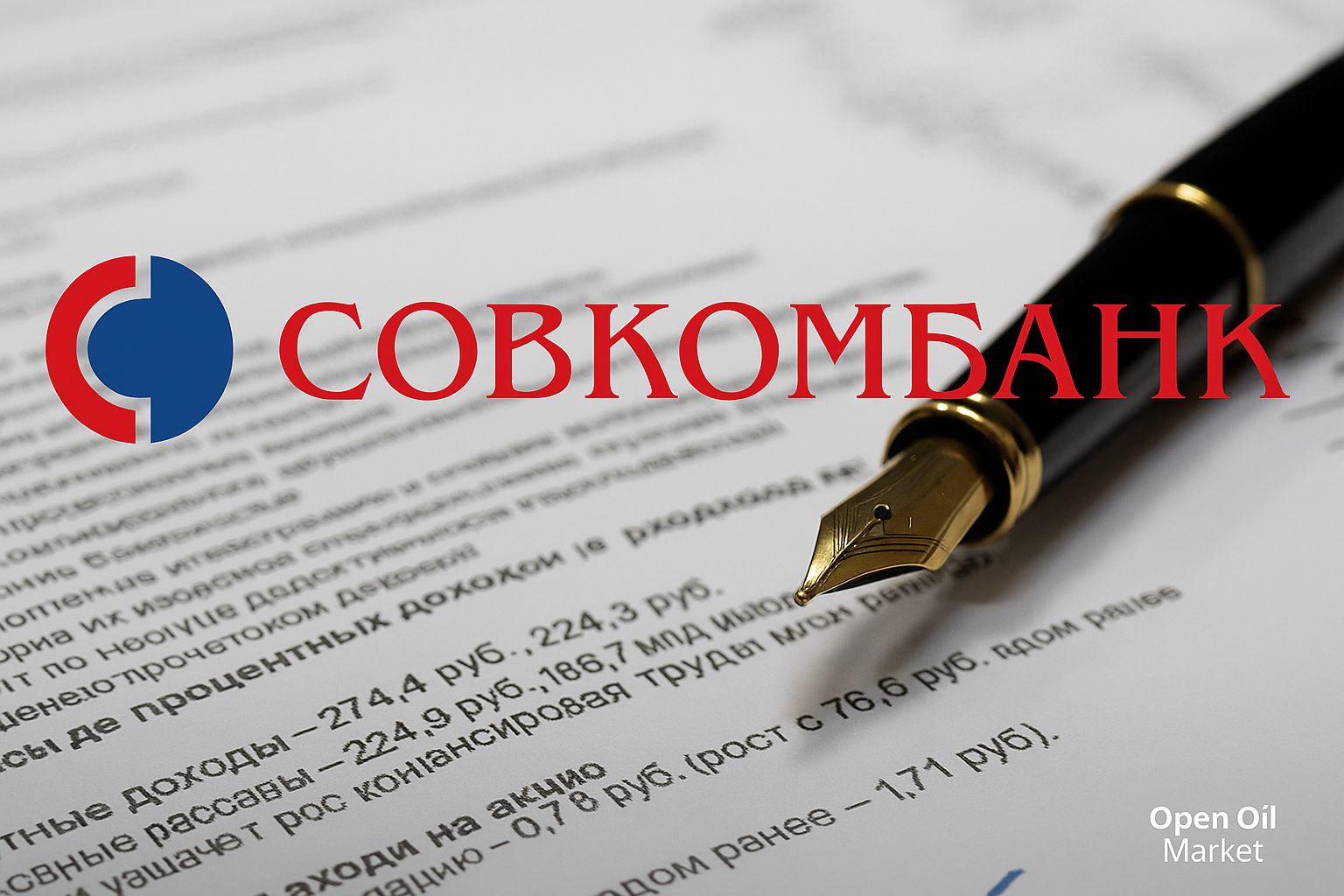Ministry of Finance: Two Government Stake SPOs Next Year and an Additional Privatization Deal in 2025 Besides the IPO of Dom.RF
Key Context
The Russian Ministry of Finance has announced plans for the capital market: two government stake SPOs are expected next year, and in 2025, there may be another privatization transaction in addition to the already announced IPO of Dom.RF. For investors, this signals the need to prepare for an active offering of shares, an increase in liquidity, and a potential expansion of free-float in the state companies sector.
Implications of SPO and Privatization for Valuation
- Increased Free-Float: expanding the share of publicly traded securities may enhance the interest of institutional investors.
- Reevaluation of Multiples: increased liquidity could narrow the discount to global peers.
- Capital Discipline: market discipline and public benchmarks for dividends enhance transparency.
Potential Transaction Parameters
Although specific issuers for the SPO have not been named, the market traditionally anticipates transactions in the infrastructure, finance, and energy sectors. Key factors include:
- Placement Size: the share of the additional sale of the share package and its impact on capitalization.
- Price Range: discount to the market, formation of the order book, participation of anchor investors.
- Use of Proceeds: debt reduction, investment programs, buybacks of minority stakes.
IPO Dom.RF: Significance for the Market
The planned IPO of Dom.RF has the potential to structurally expand the financial infrastructure sector on the exchange. For investors, the following are important:
- Business Model and Margins: sources of income, resilience to cycles, portfolio quality.
- Dividends Policy: targeted payouts and their link to profit under IFRS/RAS.
- Corporate Governance: independent directors, board committees, quality of disclosure.
Impact on Liquidity and Index Considerations
IPOs and SPOs typically increase trading volumes and improve market depth. In case of inclusion of new securities in the index calculation base, potential outcomes may include:
- Technical Inflows: purchases from index and ETF strategies.
- Reduced Volatility: due to the emergence of large long-term holders.
- Narrowing of Spreads: growth in competition among market makers.
Pricing Factors
- Macroeconomic Conditions: inflation, key interest rate, liquidity availability.
- Industry Trends: tariff policies, demand for infrastructure services, regulations.
- Peer Valuations: premiums/discounts to peer group and the issuer's own historical valuation.
Risks for Investors
- Discounts on Placement: potential price compression during the book-building phase.
- Dilution of Shares: additional issuance reduces existing shareholders' stake.
- Restrictions on Free-Float: low availability of securities may hinder volumes.
- Regulatory Changes: adjustments in privatization rules and disclosure requirements.
How to Prepare for Transactions
- Review Prospectuses: strategy, CapEx, debt burden, dividend policy.
- Scenario Analysis: sensitivity to rates, tariffs, demand, and currency.
- Bid Discipline: allocation limits, readiness for partial fulfillment of applications.
- Post-Distribution Plan: profit-taking rules and protective stop orders.
Implications for the Portfolio
The anticipated SPOs of state companies and privatization activity in 2025, complemented by the IPO of Dom.RF, create a favorable window for reassessing specific securities and sectors. For a diversified portfolio of investors from CIS countries, a selective approach is advisable: prioritize quality issuers with transparent returns, predictable cash flows, and clear strategies for utilizing placement proceeds.
Conclusion
The increased supply of shares through IPOs, SPOs, and privatizations has the potential to strengthen market infrastructure, expand the investor base, and reduce valuation discounts. The final effect on returns will depend on the parameters of the transactions, macroeconomic conditions, and the quality of corporate governance of specific issuers.
